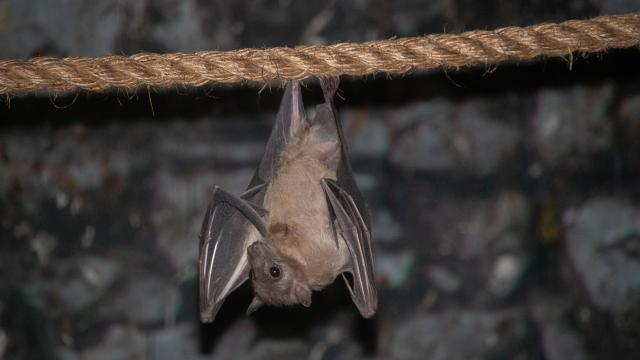The World Health Organisation recently met to discuss an outbreak of Marburg virus in Equatorial Guinea, in Africa. The virus is related to Ebola and has no known cure. So far the outbreak is small, and scientists are rushing to deploy experimental vaccines and medicines. Here’s what you should know about it.
How scary is Marburg virus?
The Marburg virus is a close relative of the Ebola virus. Both are RNA-based filoviruses (named after their snake-like shape) and both cause hemorrhagic fevers. They can affect many organ systems in the body, and often damage the walls of blood vessels in a way that leads to internal bleeding or hemorrhage, hence the name.
These viruses can cause organ failure and death, but that doesn’t mean every case of them is deadly. It’s possible to have a mild case, or to recover from a moderate case with good medical care. Even so, fatality rates are high: anywhere from 24% to 88%.
Marburg spreads via bodily fluids, including but not limited to blood. Healthcare workers and family members of infected people are most at risk from contracting the illness. Close contact with the infected person or their body, or with surfaces they have touched (like bedding) can transmit the illness. Fortunately, it doesn’t seem to be airborne.
Where is the Marburg outbreak?
The current outbreak of Marburg virus is happening in Equatorial Guinea, which is located in the inner corner of the continent just south of Cameroon. It probably began in January of this year, but the outbreak of illness was only recently confirmed to be caused by Marburg. So far, nine people have died and 16 others are in quarantine, STAT reports.
Marburg is probably a bat virus that occasionally makes the jump to humans. Its name comes from a town in Germany where several laboratory workers got sick in 1967. The virus was tracked to some monkeys in the lab. Since then, there have been several known outbreaks in African countries, including recent ones in Uganda, Guinea, and Ghana. Most outbreaks have been stopped quickly, with isolation of sick people, quarantine of people who may have been exposed, and careful handling of the bodies of those who died.
What happens when somebody gets Marburg virus fever?
The early symptoms of Marburg are a sudden onset of fever and often severe headache, according to the World Health Organisation. Muscle aches, diarrhoea, and vomiting may follow. These symptoms can be mistaken for other diseases, including Ebola and others like typhoid fever and malaria.
Fatal cases often have blood in the faeces and vomit and may have bleeding from other places like the nose, gums and vagina. Death occurs around eight to nine days from the start of symptoms.
Treatment for the disease is mainly supportive, meaning that healthcare workers try to keep the person well-hydrated and treat symptoms to prevent them from getting worse. There is no medicine that is known to reliably fight the virus, and no vaccine to prevent it.
But there are vaccines and treatments that are suspected to work against Marburg, including some that have worked against Ebola in the past. The World Health Organisation is encouraging scientists to work quickly to bring experimental treatments to the region with the outbreak. These treatments may save lives, but the outbreak also furnishes a rare opportunity to test these treatments to know whether they will work in the future.

Leave a Reply
You must be logged in to post a comment.